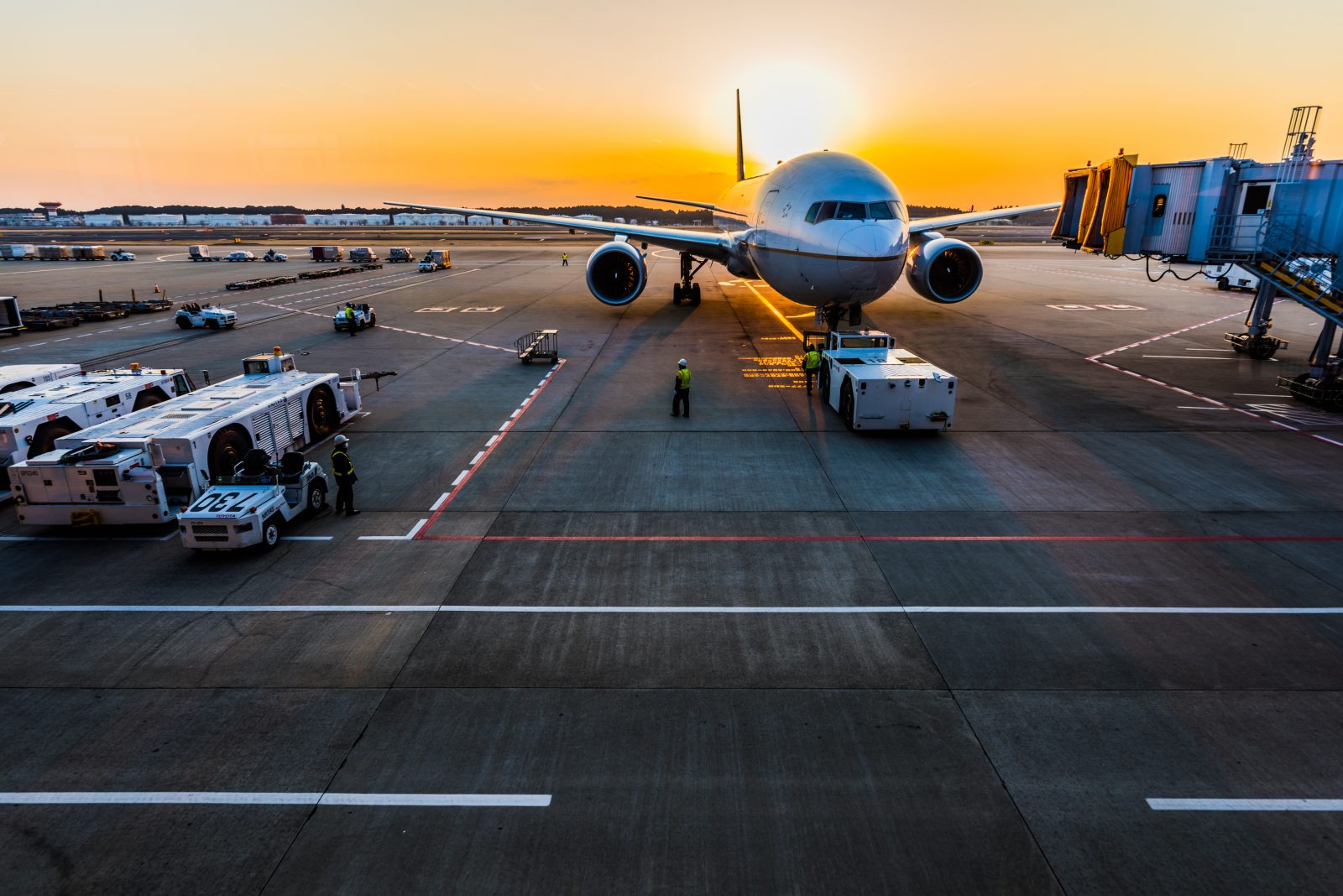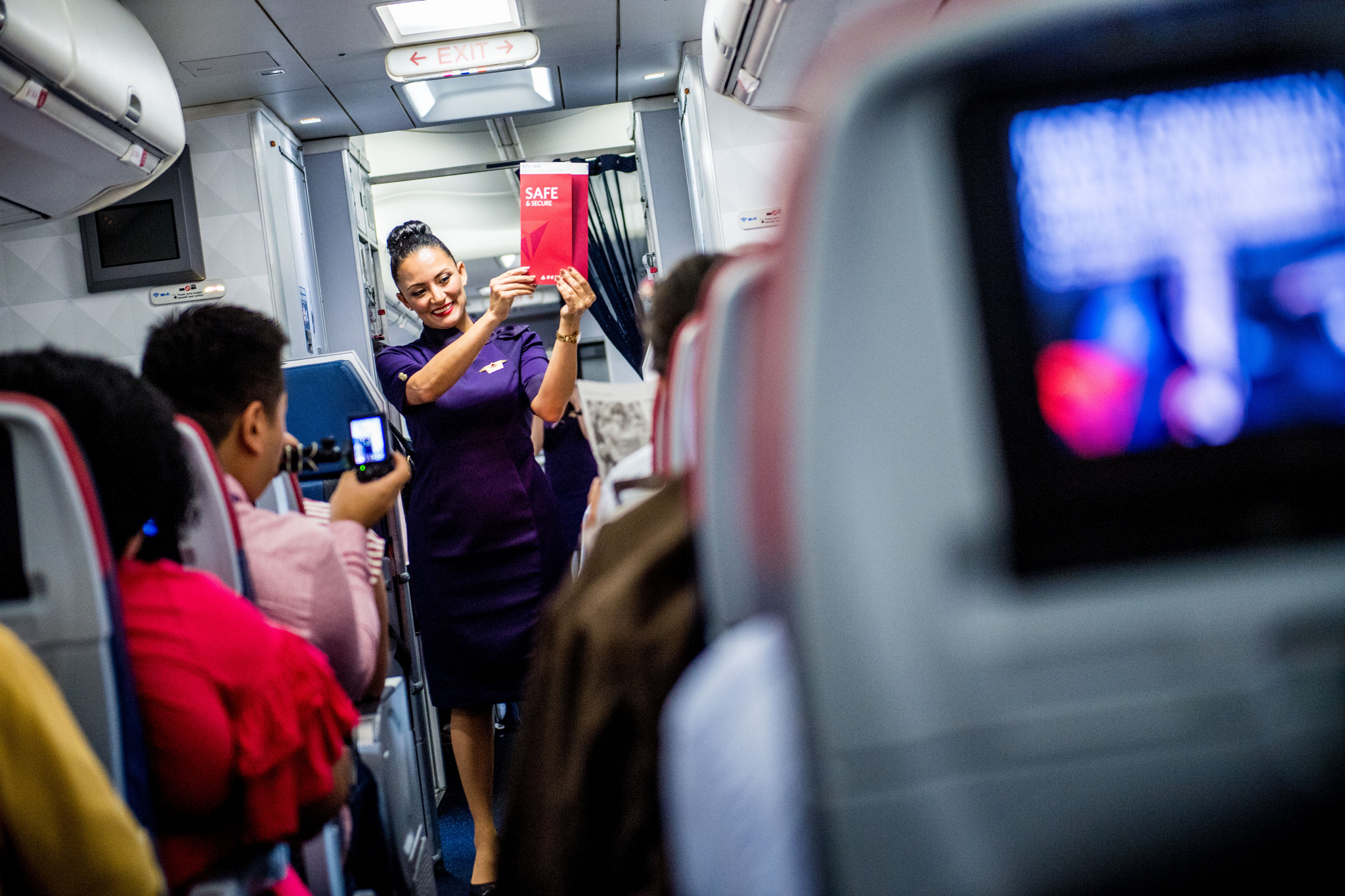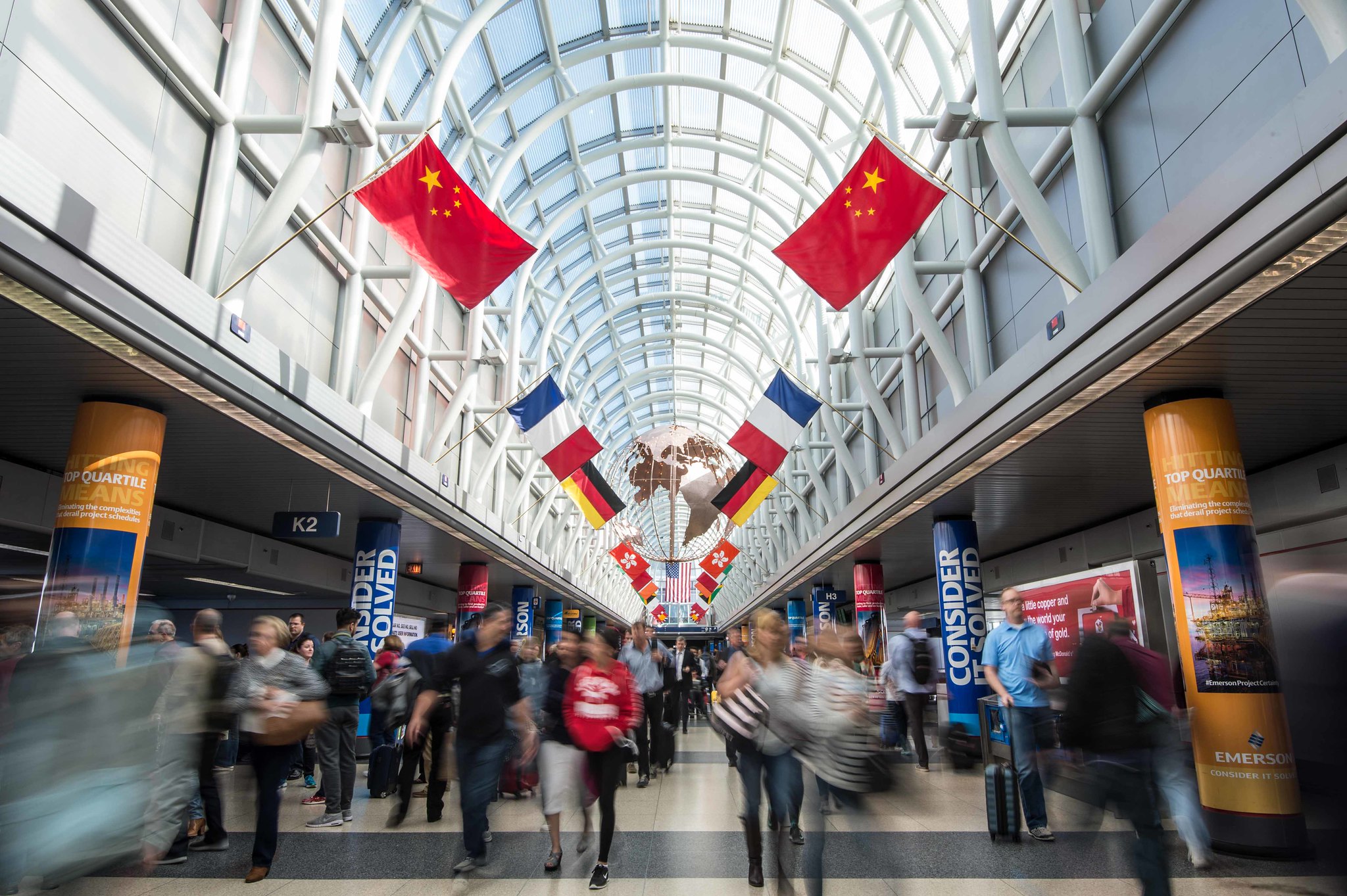
The Federal Aviation Administration (FAA) is finally getting the ball rolling on introducing a new rule that will mean flight attendants get at least 10-hours rest between duty days. It’s been a long time coming – the law that heralded in the rule change was signed-off by Congress nearly 12-months ago and should have been implemented within 30-days. Lawmakers and flight attendant unions have expressed their frustration at just how long the process has now dragged on for.
But before Section 335 of the FAA Reauthorization Act 2018 can actually be implemented by the FAA, the agency wants to hear your opinion about giving flight attendants more rest between duty days. The invitation was sent out a few days ago in what’s called an advance notice of proposed rulemaking – and anyone is allowed to submit their opinion.

Unsurprisingly, some flight attendants have questioned what the great travelling public really knows about the minimum rest periods of flight crew and if their insights are going to be that useful to the FAA’s bureaucrats. So far, the vast number of public comments not only support the rule change but argue that flight attendants should enjoy even better protection.
But it’s not just the general public that the FAA wants to hear from. More specifically, the FAA wants to know how it can implement the change in a way that “minimizes costs”, saying that it currently believes the new rules will have an “economically significant” impact – on airlines and even possibly passengers.
The simple reason is that airlines will no doubt need more flight attendants to make the rule change work, while maintaining current schedules.
Some of the hard figures that the FAA is interested in knowing include the cost of hiring new flight attendants, additional hotel room costs, the cost of needing more reserve flight attendants and rewriting crew rosters. Industry insiders, including all the major airlines, will no doubt submit their estimates but these will be redacted by the FAA because the information is “commercially sensitive”.
Delta Air Lines had previously been accused of lobbying against the new rule – even after it was signed off as law – but the Atlanta-based airline says it will now guarantee its flight attendants at least 10-hours rest between duty days of 14-hours or less. Delta intends to introduce the change in February 2020, whether the FAA has finalised the rulemaking process or not.

The carrier is currently in the midst of a huge flight attendant recruitment process which has been expanded because of the rule change. Both Frontier and regional carrier PSA have already implemented the rule change, although most US-based carriers are dragging their heals.
“We didn’t leave ambiguity in the law about what we wanted, and yet here we are still waiting on a 10-hour rest rule,” explained a clearly exasperated Rick Larsen, chairman of the House Transportation Aviation Subcommittee at a recent hearing.
The law certainly is very clear. Section 335 reads:
Not later than 30 days after the date of enactment of this Act, the Secretary of Transportation shall modify the final rule of the Federal Aviation Administration published in the Federal Register on August 19, 1994 (59 Fed. Reg. 42974; relating to flight attendant duty period limitations and rest requirements) in accordance with the requirements of this subsection.
The final rule, as modified under paragraph (1), shall ensure that—
(A) a flight attendant scheduled to a duty period of 14 hours or less is given a scheduled rest period of at least 10 consecutive hours; and
(B) the rest period is not reduced under any circumstances.
At present, flight attendants are only entitled to at least 8-hours rest on duty days of 14-hours or less. That period starts from the time the aircraft arrives at the gate and up to the point where boarding starts the following morning – in effect, many flight attendants are getting far less than 8-hours of actual rest under the current system.
The rule change will bring minimum rest periods for flight attendants in line with pilots who have enjoyed a 10-hour rest period for nearly a decade.
Some flight attendants, however, expressed concern that the rule change might not work in their favor. Airlines might reduce all rest periods to the minimum, while some flight attendants have seen the number of ‘split duties’ increasing – a process where flight attendants work a late-night flight and then an early morning flight with just a couple of hours of rest in between.
The FAA’s advance notice of rulemaking on Flight Attendant Duty Period Limitations and Rest Requirements can be found here. Anyone is welcome to submit their comment up to November 12, 2019
Mateusz Maszczynski honed his skills as an international flight attendant at the most prominent airline in the Middle East and has been flying ever since... most recently for a well known European airline. Matt is passionate about the aviation industry and has become an expert in passenger experience and human-centric stories. Always keeping an ear close to the ground, Matt's industry insights, analysis and news coverage is frequently relied upon by some of the biggest names in journalism.







